Incredible medical breakthrough sees human embryos grown from skin cells
Melbourne scientists have made an amazing discovery in fighting disease and boosting fertility after a chance research find.
Victoria
Don't miss out on the headlines from Victoria. Followed categories will be added to My News.
Living models of human embryos have been grown from skin cells by Melbourne scientists in a breakthrough set to revolutionise medical science.
Created in a Monash University laboratory from a single donor and without the need for fertilisation, the ‘iBlastoids’ genetically and structurally match human embryos.
It is not believed the models could survive beyond a stage mirroring the first two weeks of human development, let alone grow into a foetus or allow for cloning.
But they may provide the world with an unprecedented chance to overcome miscarriage and infertility, unravel congenital diseases and provide the first large-scale chance to study the earliest stages of human development.
The Melbourne-led breakthrough has also created an ethical and legal minefield, with the National Health and Medical Research Council ruling the reprogrammed skin cells meet the legal definition and must be considered as human embryos.
Lead researcher Prof Jose Polo told the Herald Sun that although iBlastoids replicated embryos closely enough to greatly advance science, they are not identical and cannot be used to reproduce human life.
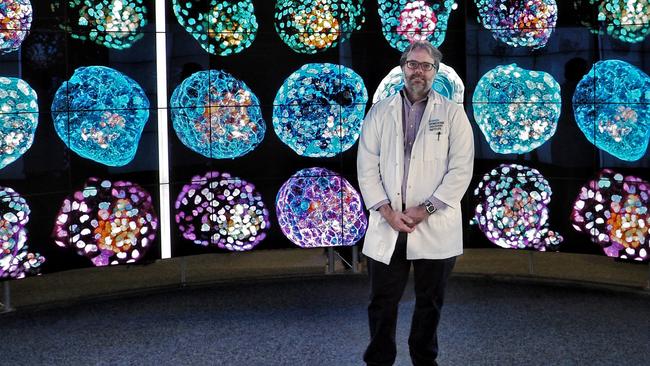
“What we have created is an extraordinary tool to model those initial steps of development,” Prof Polo said.
“It will allow us to do so many things we cannot even dream about.
“The next step is understanding the first steps of humanity – where that knowledge will take us, who knows.”
After growing model embryos almost by accident in early 2020 the Polo Laboratory team at Monash realised the enormity of their breakthrough in June, but halted the research on ethical grounds to give Australian and international authorities time to evaluate the discovery.
Results published in Nature on Thursday reveal the Melbourne scientists used a technique called nuclear reprogramming to transform skin cells from donors into thousands of stem cells, before placing them in microscopic 3D scaffolds shaped like upside cups to see what would happen if the cells were able to interact with each other.
Although they were only hoping to grow the epiblast cells which form the centre of an embryo, after six days Prof Polo and colleagues were stunned to see the cells in some scaffolds had sorted themselves into embryo-shaped balls that looked like full human blastocysts.
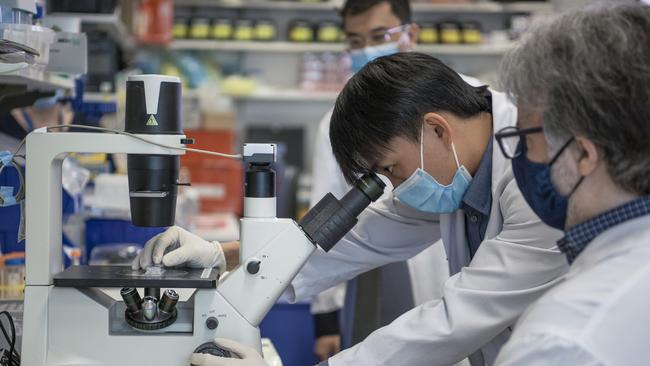
In humans an embryo is considered as a blastocyst five to six days after fertilisation – when it has developed an inner epiblast component that continues dividing to become a foetus, as well as an outer layer called the trophectoderm that will form a placenta – allowing it to be implanted in the lining of a woman’s the uterus to grow into a foetus.
Further tests on the thousands of embryo-shaped balls created revealed about one in seven had arranged themselves so the cells on the inside had turned into a epiblast cells, while those on the outside became trophectoderm cells.
While the laboratory-grown iBlastoids were not identical to a human embryo – for example they do not have a zona pellucida membrane – sequencing published on Thursday reveals their cells have the same active genes as the matching cells of a human blastocyst.
“They came from skin cells that are alive,” Prof Polo said.
“We took a skin cell and we keep them growing, we just changed the way we are growing them.
“They organise into these, which all the evidence we have says you can only model the first days.”
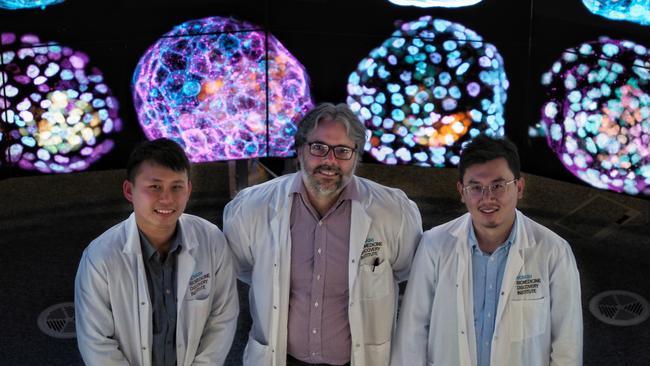
While there is no precedent for experimenting with an embryo-like structure created in a lab, international convention outlaws experimenting on human blastocysts beyond the development of a “primitive streak”, which occurs about 14 days after fertilisation.
In keeping with regulations the Polo lab did not allow any of its iBlastoids to develop beyond 11 days, with most ceasing at day six.
Although it is not known exactly how much further they could develop, animal testing has shown lab-produced blastocysts fail soon after implanting in the uterus and cannot produce a viable foetus.
With the NHMRC classifying iBlastoids as human embryos, the Polo researchers are now applying for a licence under its Embryo Research Licensing Committee to continue the work and open up entirely new fields of research and industry.
DISCOVERY ETHICAL ‘GREY AREA’
Creation of human embryo-like models has created an ethical “grey area” for scientists and authorities around the world.
While Australian law defines the reprogrammed skin cells as being human embryos and subject to extremely strict limitations, scientists are adamant iBlastoids are merely a groundbreaking tool to lead a new generation of discoveries.
When contacted by the Herald Sun, the National Health and Medical Research Council confirmed Monash University’s Polo laboratory would now require a licence from its embryo committee to continue its work.
“It is the view of the NHMRC Embryo Research Licensing Committee (ERLC) that the iBlastoids created by the research at Monash University meet the definition of a human embryo in the Research Involving Human Embryos Act 2002,” the NHMRC said.
However, scientists hope the discovery of iBlastoids will actually ease their ethical concerns by providing an alternative to using real human embryos, obtained from IVF procedures.
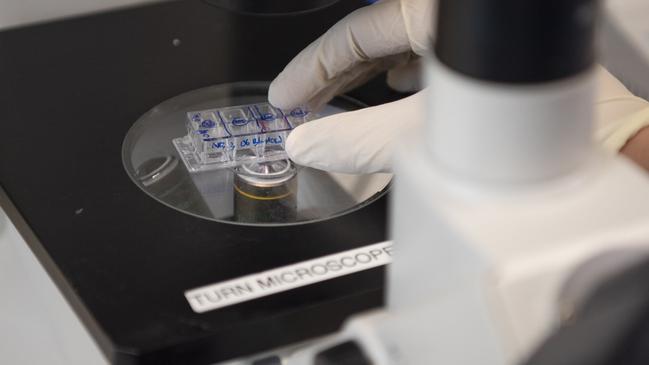
Australia and much of the world altered the definition of an embryo two decades ago to outlaw human cloning by somatic cell nuclear transfer, which was used to create Dolly the sheep.
Broadening of the definition to include embryos created without the use of an egg and sperm now sees the Monash models classified as human, though the NHMRC states there are differences.
“There is no suggestion that iBlastoids would or could be used to create real people. Not only are there ethical and legal constraints, there are likely to be scientific ones,” the NHMRC said.
Head of education, ethics, law and community awareness at Stem Cells Australia, Associate Professor Megan Munsie, said there was no doubt iBlastoids were not real human embryos, however the “grey area” created by current legal definitions inadvertently provided appropriate oversight from the ERLC.
“They have the right expertise. It is not saying that these are embryos but they probably do require slightly different considerations,” she said.
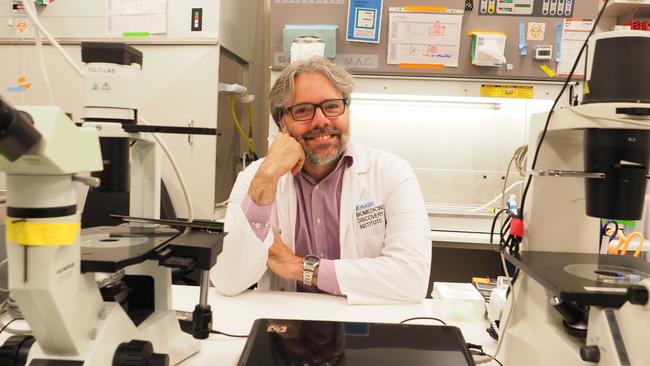
“As research advances we need to keep having these conversations. This is the catalyst for a bigger conversation and I think here in Australia we are well-placed to have that.“
The International Society for Stem Cell Research is expected to soon release new guidelines for research on modelling human embryos following the creation of mouse blastoids by UK and Netherland scientists, which may better account for the latest Australian discovery.
Assoc Prof Munsie said debate about the use of living tissue was already ongoing through the development of organioids, such as kidney, heart and even brain tissue, however the creation of embryo-like structures would intensify it.
“That has to be done very carefully, very slowly with a lot of community conversations,” she said.
“It shouldn’t just be decided by researchers, it shouldn’t be decided probably even here in Australia.”


